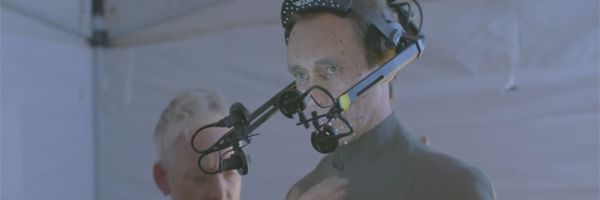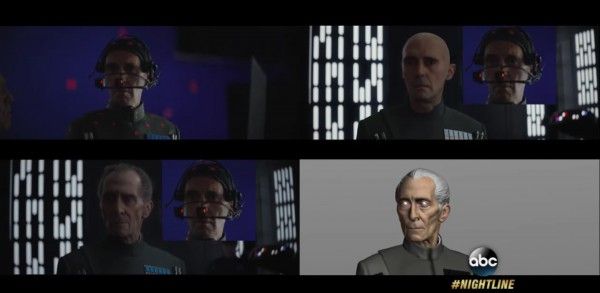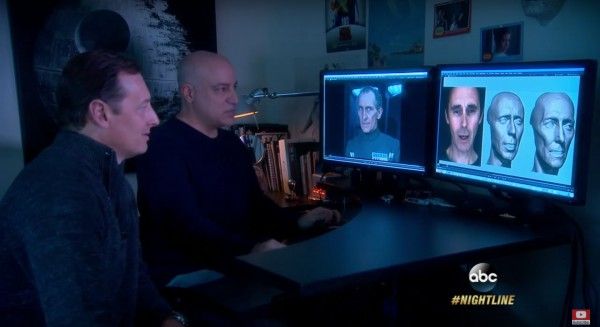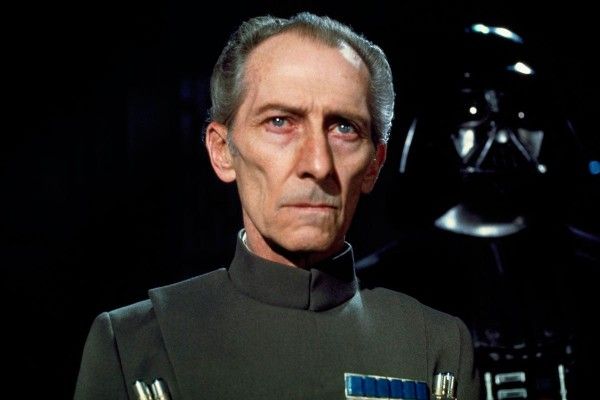When Rogue One: A Star Wars Story hit theaters, fans were expecting surprises. The production had been rather secretive after all, and this is still Star Wars. But one of the biggest shocks was seeing Peter Cushing’s Grand Moff Tarkin resurrected as a digital character, not just for a mere cameo but for multiple full scenes. How, exactly, did Industrial Light and Magic pull this off? Well, obviously, it involved painstaking visual effects technology, some of which had never been used before.
On a new segment from Nightline, the process of bringing Tarkin back to life is chronicled in a surprising amount of detail. Guy Henry, an actor who appeared in Harry Potter and the Deathly Hallows, played Tarkin on set and provided the voice for the character. He wore a headset that recorded his facial movements, but the real trick came in translating these movements to the digital face of Cushing and getting them to match up perfectly. It was a difficult process that necessitated a lot of ingenuity, but the finished result is technically stunning.
However, the ethics of this move are still up for debate. Cushing’s estate approved the use of his likeness for the film, but these are new—and very murky—waters. If an actor doesn’t agree to appear in said film, is it ethical to digitally make them do so anyway? This is more relevant now than ever, as Lucasfilm is facing the challenge of how to proceed with Star Wars: Episode IX in the wake of Carrie Fisher’s death. Leia was intended to play a major role in Episode IX, and it’s not like Lucasfilm hasn’t digitally recreated Leia before, but should they?
All good questions with no easy answers. For now, take a deeper look into exactly how Lucasfilm made this a reality in the video below.




